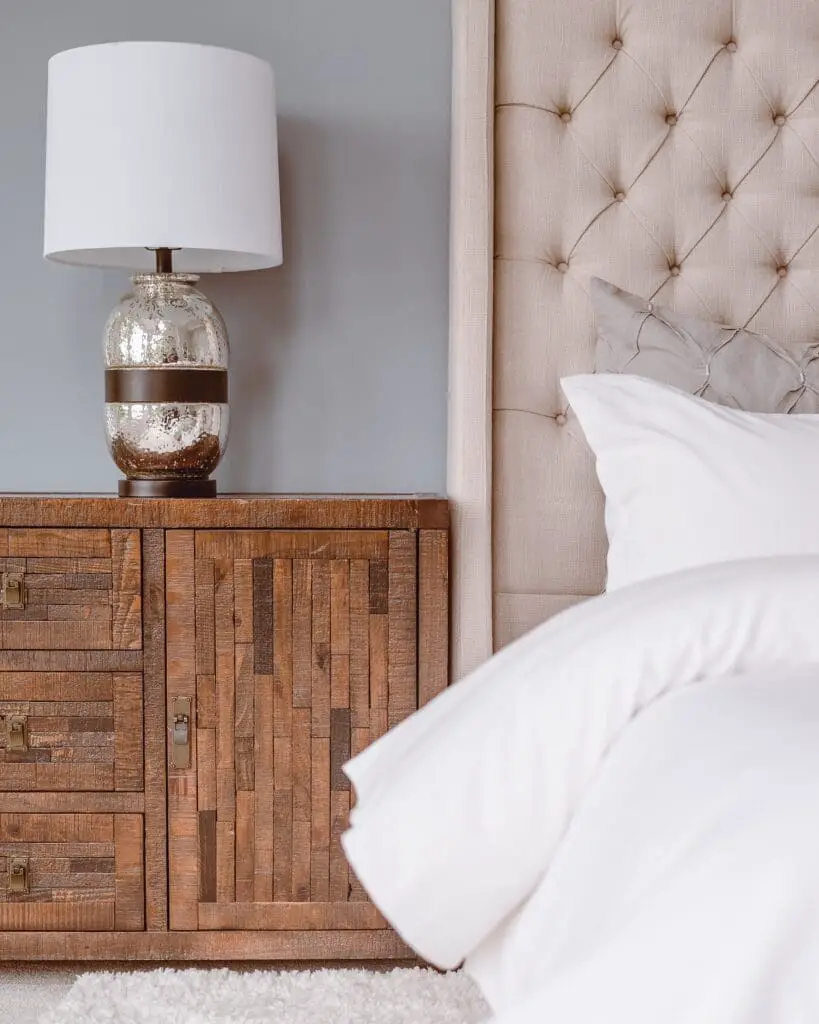As we become more conscious of our environmental impact, the demand for sustainable and eco-friendly products has increased in various industries, including furniture design. In recent years, designers and manufacturers have been exploring new ways to create furniture that has an aesthetic and environmental impact.
Sustainability gets more creative as years go by. From using recycled materials to reducing waste during production, sustainable furniture is becoming more accessible and affordable. If you’re looking for eco-friendly modern dining benches and bedroom furniture, the key is to choose materials and designs that embody maximum sustainability.
Environmentally Responsible Materials for Sustainable Furniture
One of the pivotal components of sustainable furniture design is eco-friendly materials. Sustainable materials have a lower environmental impact than traditional materials, whether renewable, recycled, or biodegradable. Here are some materials that are commonly used in sustainable furniture design:
Reclaimed Wood
Wood that has been salvaged from old buildings, barns, or other structures is a popular choice for sustainable furniture. Reclaimed wood has a unique character and can reduce the need to cut down new trees.

Bamboo
Bamboo is a fast-growing, renewable resource that can be harvested without damaging the plant or its surrounding ecosystem. Bamboo furniture is lightweight, durable, and malleable.
Recycled Plastic
Plastic waste is a significant environmental issue, and using recycled plastic in furniture design can help reduce the amount of waste in landfills. Recycled plastic furniture can be made in a variety of colors and styles.
Cork
Cork is a renewable and biodegradable material made from the bark of cork oak trees. It is lightweight, waterproof, and resistant to mold and mildew, making it an ideal material for furniture.
Hemp
Hemp is a sustainable crop used for fabric, rope, and other materials. Hemp furniture is durable, breathable, and can be grown without pesticides or fertilizers.
Organic Cotton
Traditional cotton production uses a significant amount of water and pesticides, making organic cotton a more sustainable alternative. Organic cotton furniture can be soft, durable, and free from harmful chemicals.
Sustainable Production Methods for Eco-Friendly Furniture
Sustainable furniture production methods aim to minimize the environmental impact of the manufacturing process by reducing waste, energy consumption, and harmful emissions. Here are some of the usual methods used in sustainable furniture production:
Upcycling
The concept of upcycling refers to the transformation of waste materials into new, valuable products. In furniture production, upcycling uses materials that would otherwise end up in landfills, such as reclaimed wood or recycled plastics.
Zero-Waste Manufacturing
Zero-waste manufacturing aims to eliminate waste by designing products that use all the raw materials in the production process. This method can reduce the amount of waste sent to landfills, save energy, and lower the cost of production.
Energy-Efficient Production
Energy-efficient production methods focus on reducing the amount of energy used in manufacturing. This can be achieved through the use of energy-efficient lighting, HVAC systems, and equipment. Renewable energy sources such as solar or wind power can also be used to power the manufacturing process.
Closed-Loop Manufacturing
Closed-loop manufacturing involves designing products that can be disassembled, reused, or recycled at the end of their life cycle. This method reduces waste and promotes the reuse of materials, reducing the need for new resources.
Eco-Friendly Furniture Design Methods for a Better Planet
Sustainable furniture design involves incorporating eco-friendly principles into the design process to create functional, aesthetically pleasing, and environmentally responsible furniture. Here are some common design strategies used in sustainable furniture design:
Multifunctional Design
Multifunctional furniture is designed to serve multiple purposes, reducing the need for additional pieces of furniture. Examples of multifunctional furniture include storage beds, sofa beds, and tables with built-in storage.
Modular Design
Modular furniture is designed to be easily disassembled and reconfigured, making it easy to adapt to changing needs or spaces. Modular furniture can reduce waste by allowing users to keep the same furniture pieces while changing the layout.
Natural Materials
Using natural materials such as wood, bamboo, or cork in furniture design is a sustainable choice because these materials are renewable, biodegradable, and have a low carbon footprint.

Low-VOC Finishes
Volatile Organic Compounds (VOCs) are harmful chemicals found in many furniture finishes, such as paint or varnish. Choosing low-VOC finishes can improve indoor air quality and reduce the environmental impact of furniture production.
Repurposing
Repurposing materials, such as using old doors or windows to create a table, is a sustainable approach to furniture design that can add character and uniqueness to a piece.
Join the Sustainable Furniture Movement Today and Make a Positive Impact on the Environment
Sustainable furniture design and production methods are becoming increasingly important as we strive to reduce the environmental impact of the furniture industry. By using eco-friendly materials, adopting energy-efficient production methods, and designing furniture that is multifunctional, modular, and minimalist, designers can create pieces that are not only beautiful and functional but also environmentally responsible.
With consumers increasingly concerned about the impact of their purchases on the environment, sustainable furniture design is becoming a top priority for many furniture manufacturers. To conclude, the furniture industry can move toward a more sustainable and environmentally responsible future if it embraces sustainable design principles.





